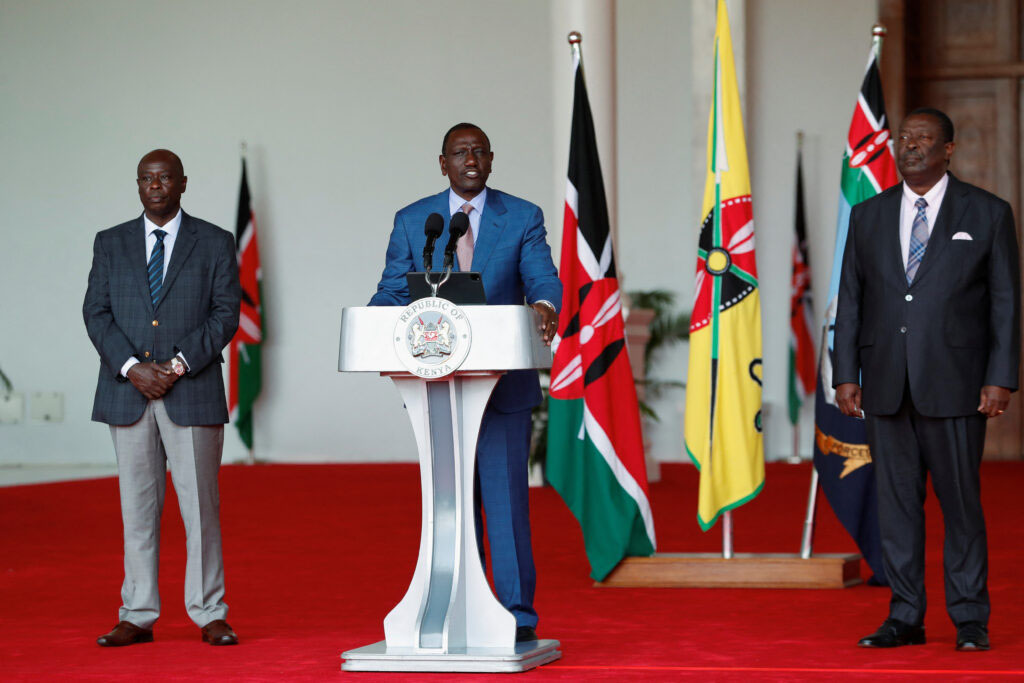
Photo Credit: Getty Images
Kenyan President William Ruto announced the first 11 members of his new Cabinet on Friday, retaining six ministers from the previous administration in key positions such as defense and interior. This decision comes amidst significant public unrest and monthlong protests against new tax proposals and perceived government mismanagement.
Last week, Ruto dismissed nearly all his ministers, keeping only Prime Cabinet Secretary Musalia Mudavadi. The president promised to form a broad-based government aimed at addressing the grievances that fueled the protests. The demonstrations, which began as opposition to a finance bill proposing new taxes, escalated into calls for Ruto’s resignation over alleged incompetence and corruption within his administration.
Despite retaining key ministers, the president has yet to appoint a finance minister, a critical position given the country's ongoing economic challenges. Kenya’s public debt has been rising, and Ruto defended the proposed taxes as necessary to repay debt and increase revenue.
The protests, which started on June 18 and were largely driven by young people, have resulted in at least 50 deaths and over 400 injuries. Demonstrators criticized the retained ministers for their alleged roles in corruption and incompetence, arguing that their continued presence in the government undermines any potential for meaningful change.
Opposition leaders have also criticized the president’s move. Kalonzo Musyoka, a prominent opposition figure, called the Cabinet changes “cosmetic,” stating that real change is unlikely as long as Ruto’s administration remains in power. The main opposition leader, Raila Odinga, was notably absent from a recent opposition media briefing.
The Interior ministry, in particular, has faced scrutiny over its handling of the protests, especially after police shootings during a protest on June 25. Additionally, the court recently suspended a police ban on protests in Nairobi, allowing demonstrations to continue.
Ruto’s decision to retain some former ministers has been met with mixed reactions. Some analysts view the move as a strategic attempt to stabilize his government amidst growing public discontent. However, the broad-based government approach has been rejected by opposition parties, who see it as a betrayal of the public’s desire for new leadership and accountability.
As Kenya navigates these turbulent times, the effectiveness of Ruto’s reshuffled Cabinet in addressing the nation's pressing issues remains to be seen.
















